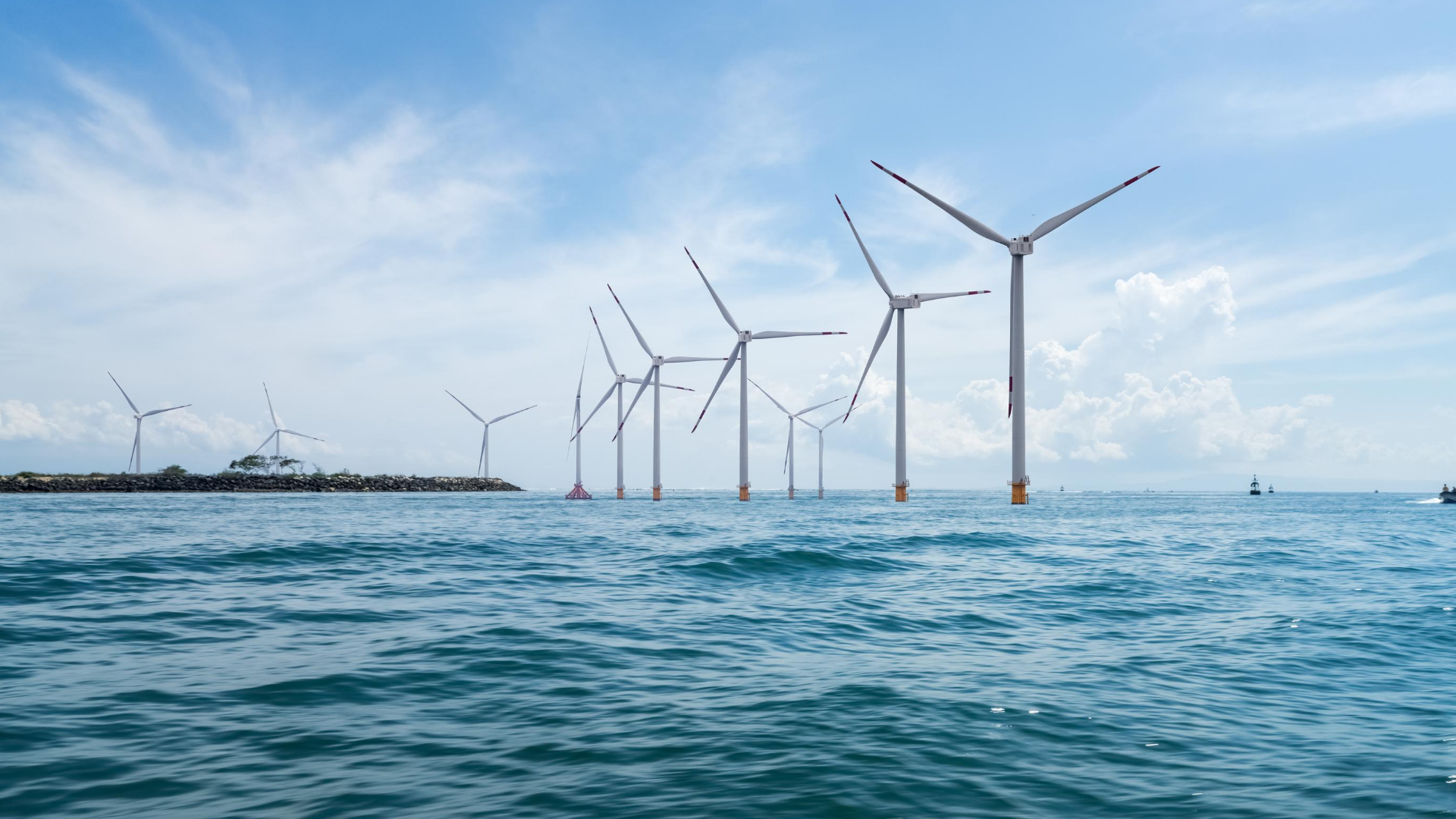2023 was the best year on record for new marine wind power across Europe, trade body WindEurope reports. A total of 4.2GW of offshore turbines – 1.7GW up on 2022 – arose from the continent’s waters. 3GW of that was in the EU, an increase of 2.1 GW year on year.
Britain, the Netherlands and France installed the most new capacity. Foremost was the Hollandse Kust Zuid project, at 1.5GW the world’s largest operational wind farm now operating. The first three of Dogger Bank’s four phases will soon surpass its Dutch forerunner, however.
Investments committed last year to build the continent’s new offshore parks also reached new heights. WindEurope’s analysts count a total of €30bn raised in 2023 across eight wind farms. When built they will together contribute 9GW of new capacity.
2023’s funding success was a recovery from Putin-oppressed, Covid-cursed 2022’s all-time low, when only €0.4bn of deals were sealed. Unclear laws and licencing, plus unhelpful market interventions depressed that year’s market. Investment go-aheads in consequence slipped back, reaching confirmation only in the most recent twelve months.
Growing confidence in 2023 among Europe’s offshore wind players stemmed from big advances in enabling policy. The European Union published its EU Wind Power Package with 15 immediate actions to support the European wind sector. 26 European governments signed the European Wind Charter, committing to swiftly implement the actions ascribed to them in the EU package.
In Britain, the trade body believes investors have recovered from 2023’s fiasco of no new marine projects being presented as candidates the government’s fifth allocation round (AR) for Contracts for Difference. The failure prompted government raised the ceiling price by 66% for 2024’ upcoming offshore auction round, AR6. WindEurope speculates that the new elevated AR6 ceiling price could open UK coastal waters this year to record investment inflows.
Sparking added hope too for the trade body UK was Orsted’s final investment approval for Hornsea 3, at a planned 2.9GW Europe’s biggest offshore wind venture. RWE acquired the 4.2GW Norfolk Offshore Wind Zone portfolio and underlined its determination to re-start the 1.4GW Norfolk Boreas project, previously halted.
2024 – big for auctions, big for elections
If all Europe’s wind-favouring nations run their auctions as planned this year, at least 40 GW will be be progressed, WindEurope believes. Germany, Denmark join the UK, France and the Netherlands as the top five countries auctioning capacity over the next two years.
France will announce the results of Europe’s first commercial-scale floating offshore wind tender. Germany will auction almost 9GW this year alone. As a comparison: all of Europe auctioned 13.5GW of new offshore capacity in 2023. Poland’s Baltic coastline looks set to boom; by 2040 the country wants to have 18 GW generating.
WindEurope’s analysts warns however against a feature known as uncapped negative bidding, used in 70% of last year’s auctions. The practice deters developers, leaving them shouldering extra costs arising from negative, undercutting tenders, which they either pass onto final consumers, or to turbine suppliers and constructors. Better bid rules are needed, the experts counsel.
Even if the continent meets its builds its intended 5GW of new offshore capacity every year up to 2027, the body says that will still leave the continent needing to build 24 GW every year later in this decade.
Read the summary in full here.




